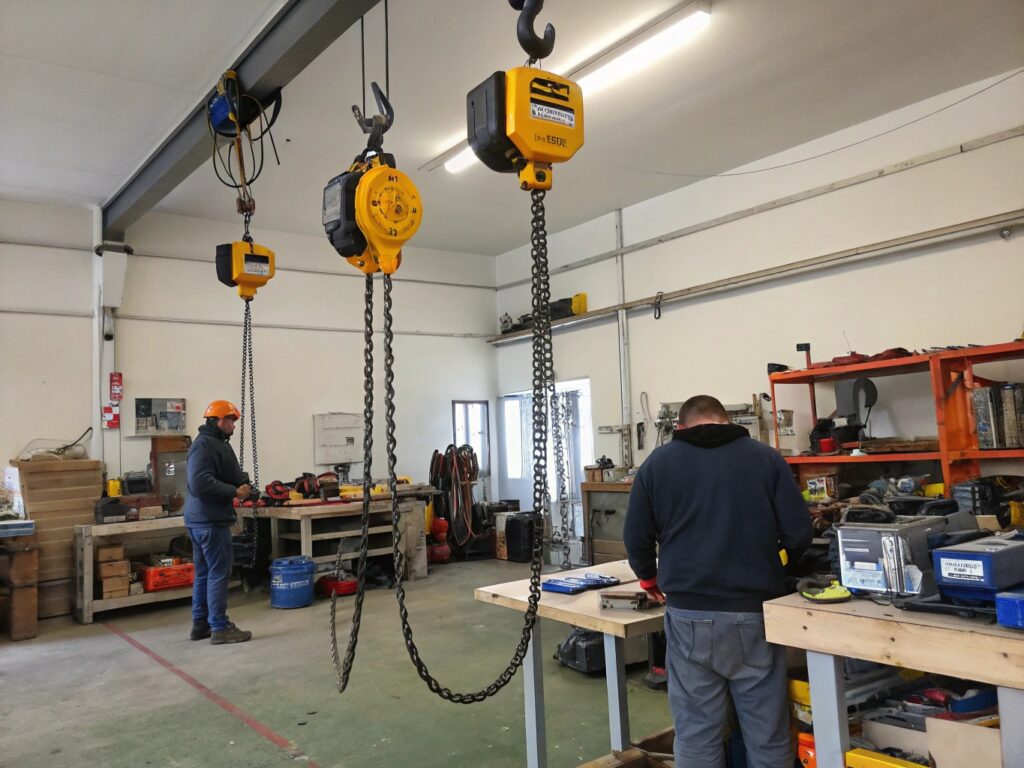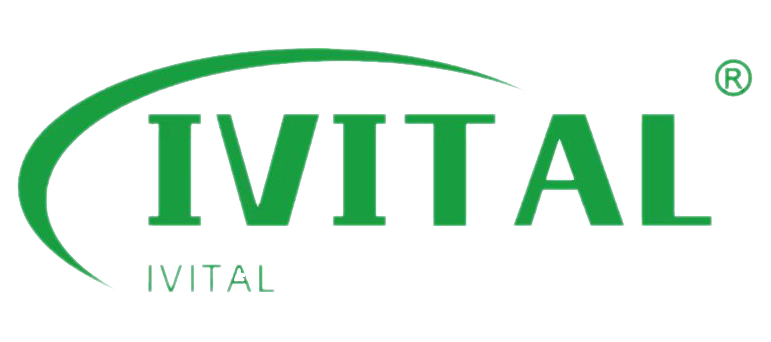
Opening paragraph: When deciding on the voltage for your electric chain hoist, it’s crucial to understand the difference between 220V and 380V. Choosing the wrong voltage could impact efficiency and cause operational issues.
Snippet paragraph: If you’re handling small tasks, 220V is enough. However, for heavy, continuous lifting, 380V is necessary to avoid equipment strain and ensure smooth performance.
Transition paragraph: But when exactly should you choose 220V, and when is 380V the right call? Let’s dive into the details.
[Table of contents]
220V vs 380V Hoist Cost: Is the Investment Worth It?
What is the Difference Between a 3-Phase and Single-Phase Hoist?
What is the Control Voltage of a Hoist?
When to Choose 220V vs 380V for Your Hoist?
220V vs 380V Hoist Wiring Diagram: What You Need to Know
What is the Difference Between a 3-Phase and Single-Phase Hoist?
To make the right voltage choice, you need to understand the difference between single-phase and three-phase hoists.
Three-phase hoists provide smoother and more consistent power, making them ideal for heavy-duty tasks. Single-phase hoists, on the other hand, are suited for lighter tasks.

Three-phase hoists are designed for industrial environments where the load is heavy and frequent. They deliver steady, reliable power, preventing the hoist from struggling under weight. A single-phase hoist, typically used with 220V, works well for lighter lifting tasks, like in small workshops or warehouses.
Why does torque matter?
- Higher torque: Gives more lifting power.
- Smooth operation: Reduces wear and tear.
- Increased longevity: Ideal for industrial-grade tasks.
When to choose a single-phase hoist
Single-phase hoists are more cost-effective for smaller lifting jobs. They are often found in residential or light commercial spaces and work well for occasional lifting. However, if the lifting frequency or load increases, the 220V setup may become less efficient.
What is the Control Voltage of a Hoist?
It’s also essential to understand the control voltage of your hoist, which governs its electrical system.
The control voltage of a hoist can be 48VAC or 110VAC, and is separate from the main power supply, whether it’s 220V or 380V.
The control voltage does not affect the hoist’s lifting ability. Instead, it regulates the electrical functions safely, ensuring smooth operation. Even with a 380V system for lifting, the control voltage can still be 48VAC or 110VAC to keep the system’s operation safe for the user.
The importance of control voltage
Control voltage is crucial for protecting operators. It reduces the risk of electrical shock while controlling the hoist’s movements. A lower control voltage helps ensure that safety standards are met.
When to Choose 220V vs 380V for Your Hoist?
Now that we’ve discussed hoist types and control voltage, let’s explore when to use 220V and when to opt for 380V.
For smaller, occasional tasks, 220V hoists are sufficient. For large-scale, industrial operations, 380V hoists provide more power and reliability.
The choice between 220V and 380V comes down to the size of the load and the frequency of usage. A 220V hoist works fine for lifting lighter loads infrequently, such as in a workshop or small business. On the other hand, a 380V hoist is designed for heavy-duty, industrial applications. These hoists are built for continuous, reliable lifting with more torque to handle the pressure.
When to upgrade to 380V
When your lifting tasks become more frequent or require handling heavy loads, upgrading to a 380V hoist is necessary. These hoists are better suited for environments like construction sites or factories where efficiency and strength are needed. They reduce the strain on equipment and help maintain performance over time.
Cost of switching to 380V
While the initial cost is higher, a 380V hoist saves on long-term maintenance and improves worksite efficiency. If your operations demand consistent, heavy lifting, the investment is worth it.
220V vs 380V Hoist Wiring Diagram: What You Need to Know
Another important factor is understanding the wiring diagram for 220V vs 380V hoists.
220V hoists use simpler wiring setups, ideal for smaller applications, while 380V hoists require a more complex, three-phase power system.
A 220V hoist typically uses a single-phase power setup. It’s easier to install and is suitable for residential or light commercial use. In contrast, a 380V hoist requires a three-phase electrical system. This setup delivers consistent and efficient power, but it’s more complicated to install and often requires specialized knowledge.
Common wiring for 220V hoists
- Single-phase wiring
- Easier installation
- Best for smaller applications
Three-phase wiring for 380V hoists
- More complex setup
- Reliable and continuous power
- Best for heavy-duty lifting
220V vs 380V Hoist Cost: Is the Investment Worth It?
Let’s take a closer look at the costs associated with 220V and 380V hoists.
While 220V hoists are cheaper upfront, 380V hoists offer better long-term value, especially for heavy-duty tasks.
While a 220V hoist is more affordable initially, it might not be the best investment for large operations. A 380V hoist, although more expensive, lasts longer and requires less frequent maintenance. It’s built for industrial environments where continuous use and large loads are the norm. Over time, the 380V hoist pays for itself through fewer repairs and higher efficiency.
Conclusion
For lighter tasks, 220V hoists work well. However, for heavy-duty operations, upgrading to a 380V hoist ensures better performance and longevity.



